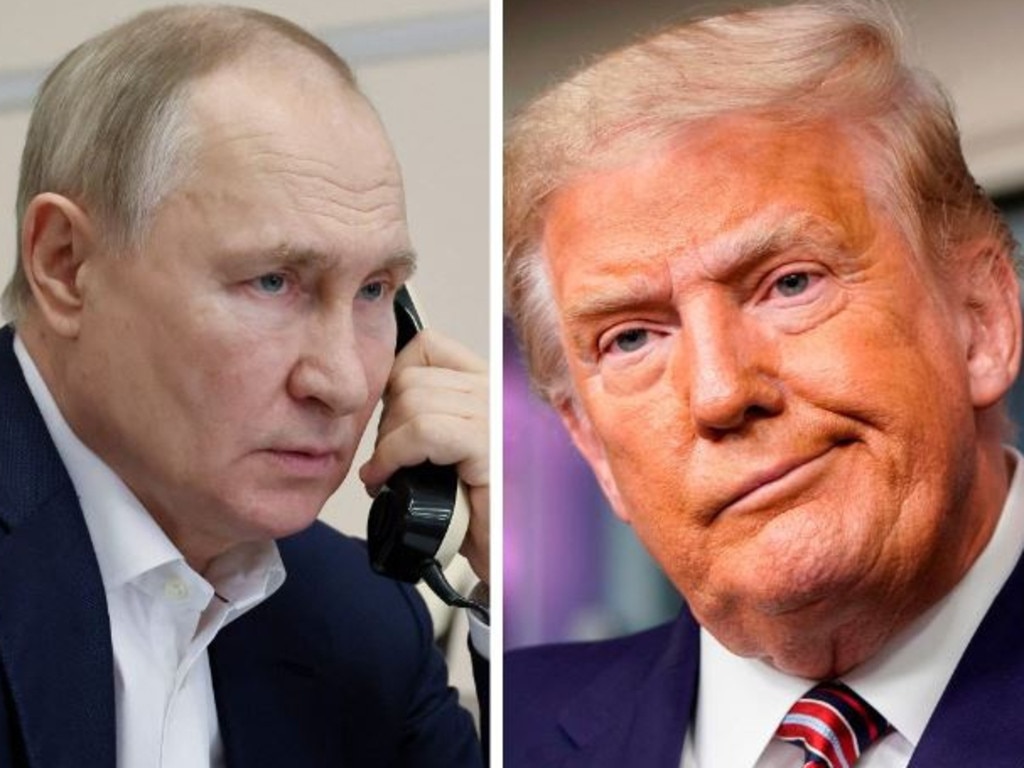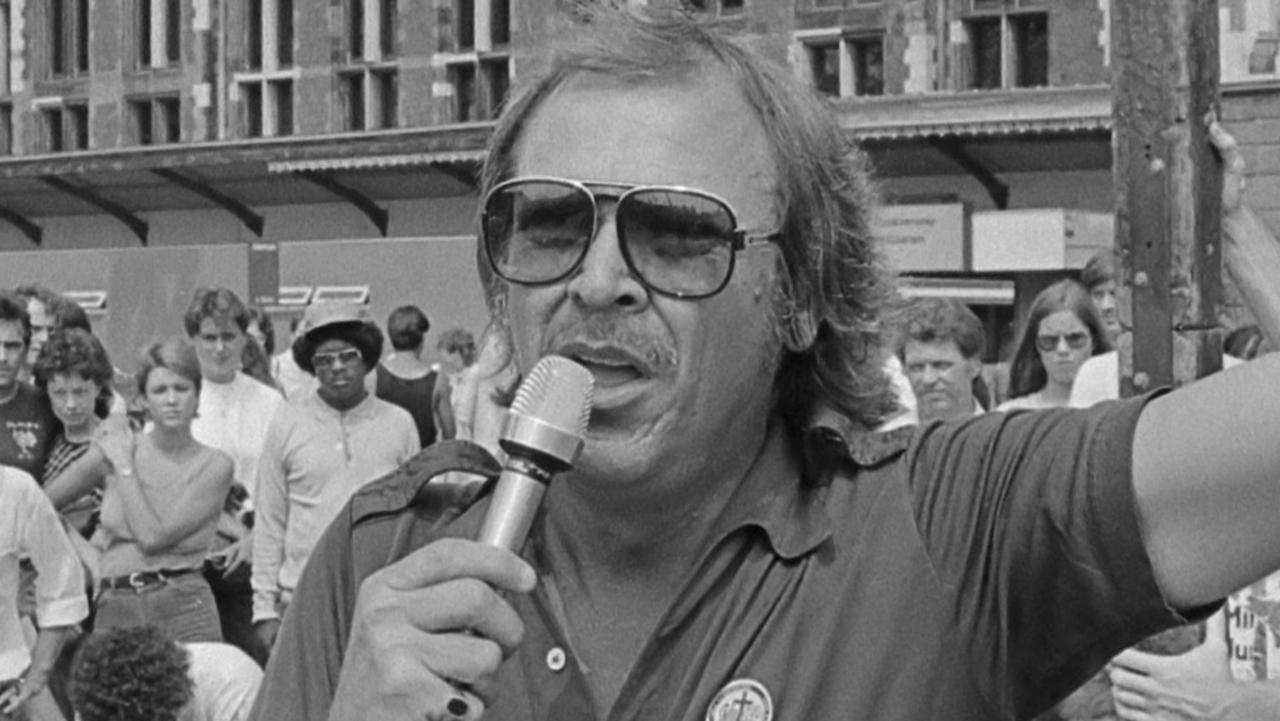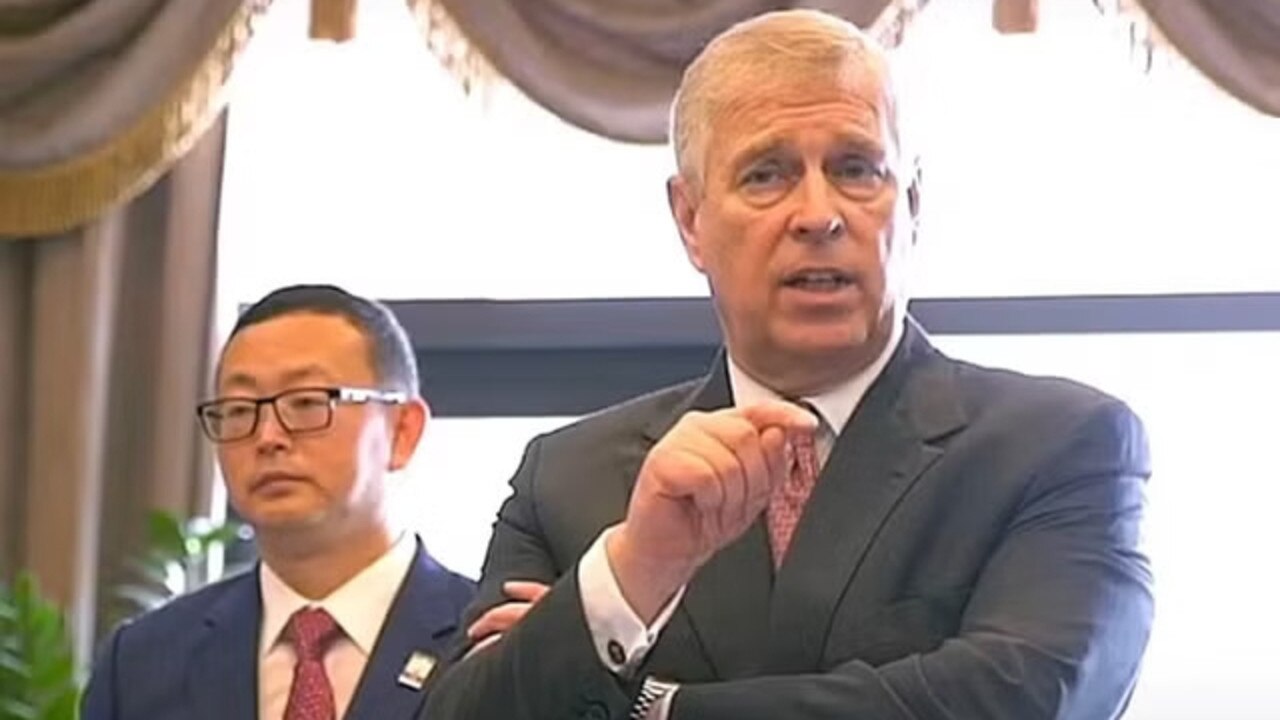Four ways the Russia-Ukraine war might be brought to a close
This fight is complicated: neither money, nor munitions, nor sanctions are likely to be enough to settle the conflict in Ukraine’s favour.
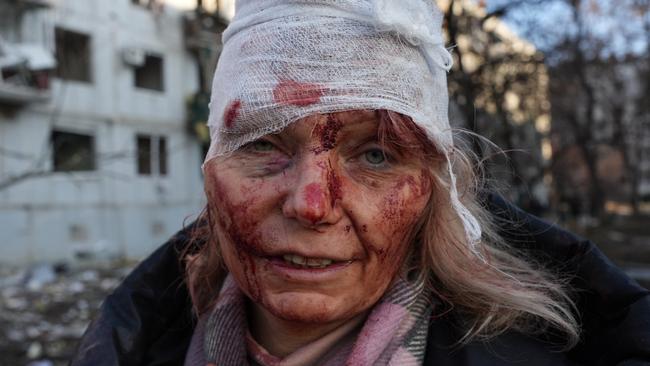
In matters of national survival, Ukraine awaits the decision of President Donald Trump as a wounded gladiator awaits the turn of an emperor’s thumb: though not yet broken, the hard-fighting nation is certainly on its knees.
On the battlefield, the picture has never been so gloomy. Russian troops seized six times more Ukrainian territory in 2024 than they did in 2023.
More than half the territory Ukraine’s forces captured in their surprise autumn Kursk incursion has since been ceded.
Multiple Russian offensives are ongoing along the 1000km frontline, costing Ukraine more terrain daily in the eastern Donbas region. Towns most under threat of capture include the key Ukrainian logistics hub in Pokrovsk.
Ukrainian industry has received new and withering blows too.
Outside Pokrovsk, the mighty Metinvest mine, the only facility in the country to produce the coking coal vital for Ukraine’s steelmaking industry, is the scene of heavy fighting.
It was closed down and evacuated 10 days ago by Ukrainian miners, who first blew up one of the main shafts to prevent it being used by Russian troops to advance underground.
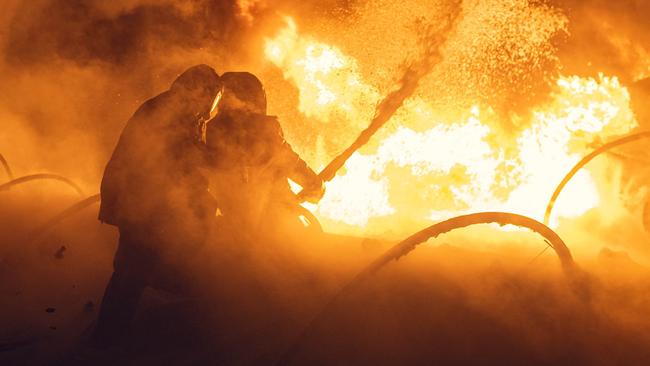
In addition to the six-figure casualty count of dead and wounded among Ukrainian troops, a further 51,000 Ukrainians, the majority soldiers, are now missing.
Off the battlefield, more than 40,000 Ukrainian civilians are dead and wounded, more than 3.5 million Ukrainians are displaced inside the country, and more than six million have fled abroad.
“I still get up in the morning, exercise, wash, put on my make-up and jewellery, and go to work,” said a Ukrainian woman last week in a council office in Kherson, where Russian drones hunt and kill civilians.
“I do so not because my life is in any way normal, but because I want to look good and keep going, living each day as my last.”
That same spirit of defiance once brought the country time, and Western support. Yet if it is to survive now, Ukraine needs much more than defiance. It needs Trump.
Trump’s election victory was once feared by Ukrainians, who doubted that an American president who professed good rapport with Vladimir Putin could ever bring them joy.
Yet three years of spasmodic military support and an inarticulate strategy from president Joe Biden, which brought the nation a sense of sliding survival and slow defeat, has allowed a desperate hope to flourish among Ukrainians that the new US President, a man so vocal in his intent to ending the war, might possibly finish the conflict in a favourable way.
Though Trump has been critical of both Putin and President Zelensky, last week’s social media post by the US President, threatening sanctions against Russia, added to these hopes.
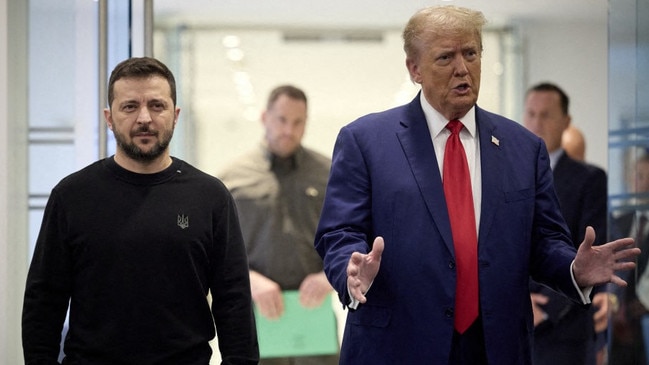
“If we don’t make a ‘deal’ and soon, I have no other choice but to put high levels of taxes, tariffs and sanctions on anything being sold by Russia to the United States,” Trump posted on the Truth Social platform.
Ignoring unlikely scenarios involving Putin’s sudden death or a magical Ukrainian counteroffensive, there are four realistic outcomes to the war.
Ultimately, Putin believes Russia can outlast Western commitment and defeat Ukraine.
Trump’s ability to break that belief will decide which of these four possible outcomes becomes reality.
Scenario 1: Defeat
The first scenario is the worst.
Should Russia choose to proceed with the war and shun negotiations then, if severed from US support, Ukraine may eventually be broken and militarily defeated.
Cognisant of his own wish to end the war fast, and recalling his criticism of Biden’s clumsy withdrawal from Afghanistan, Trump will be wary of allowing this catastrophic outcome to unfold.
If Ukraine is crushed, the implications for global security would be far worse than the fallout of the US withdrawal from Afghanistan.
Millions more Ukrainian refugees would pour out of the country; thousands of those who remained would be incarcerated in Russian penal colonies, and the North Atlantic Treaty Organisation countries – once proud of their enlargement into Finland and Sweden – would end up instead with Russia’s expansion westwards and Kremlin tanks abutting Poland.
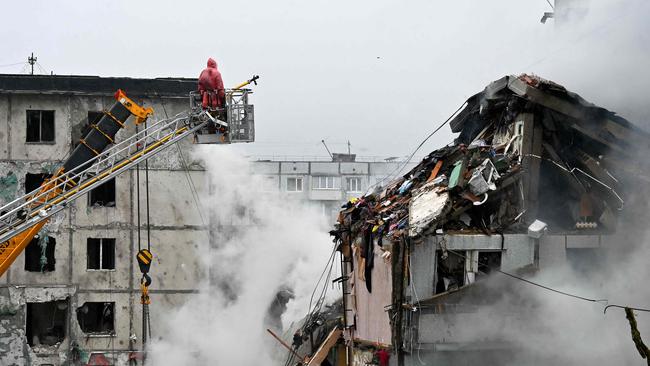
Scenario 2: Bad peace
Almost as bad as the first possible outcome is the second in which, absent a negotiated deal or US support, Ukraine folds and is forced to sue from a position of weakness for a bad peace deal that sees the country partitioned and a quisling government established in Kyiv: a victory for Russia, and a clear defeat for Ukraine and its Western allies.
No Nobel prize for Trump here.
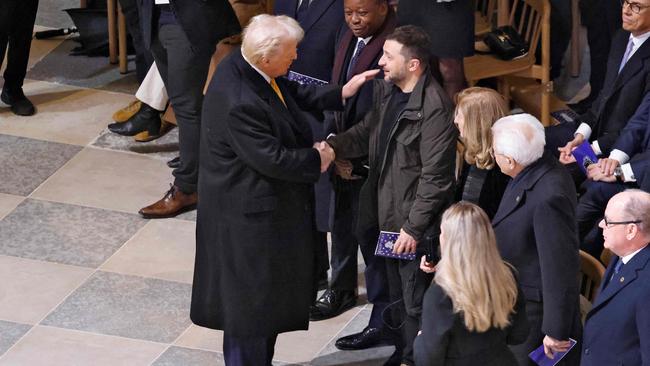
Scenario 3: Ceasefire
The third involves a ceasefire.
If part of a transitory phase, leading to a final settlement, a peace deal and a real conclusion to the war, then it could lead to regional stability and the survival of Ukraine, ring-fenced by security and economic guarantees.
Without a final settlement, Trump’s inner circle is clearly aware that a ceasefire in itself is not enough.
Standing alone, a halt in fighting would merely freeze the war along existing front lines, allowing the fighting to start again at Russia’s convenience.
Ukraine and its Western allies are already conscious of two previous crippled ceasefire deals, Minsk 1 and Minsk 2, which failed to end the conflict in Donbas a decade ago, and laid the foundations for the full-scale invasion in 2022.
In an encouraging sign, Marco Rubio, the new US Secretary of State, when interviewed by American broadcaster CBS last week, acknowledged the necessity of going further than simply halting the fighting.
“We want to do everything we can to help it end,” Rubio said.
“We’re going to engage in making it end in a way that is sustainable, meaning we don’t just want the conflict to end and then restart in two, three or four years down the road.”
Scenario 4: Negotiated settlement
The fourth possible outcome, and the crucible of Ukrainian hope, would involve the US empowering Ukraine’s hand so it could participate in peace talks from a position of strength, resulting in a deal ensuring Ukraine has a sovereign and economically viable future, with security guarantees protecting it from further Russian threat.
Given it is unlikely that Russian territorial gains at this stage of the conflict will be rolled back, “empowering Ukraine’s hand” translates as Trump heaping sanctions on Russia and committing to support Ukraine with weapons and money if Russia chooses either to shun peace negotiations or to participate in bad faith.
Ukraine will need to swallow a fistful of bitter pills if this settlement scenario is to become reality.
Conquered territory will be ceded.
The country will likely never, in this lifetime, see its borders of 1991 returned.
It may, or may not, see the return of some of the territory lost to Russia since 2022.
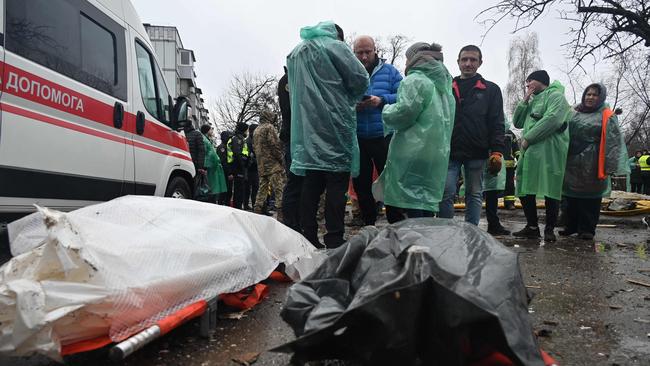
Many Ukrainians already seem to accept some sort of territorial concession as a necessity to ending the conflict.
Polling by the Kyiv International Institute of Sociology in October found that the share of Ukrainians prepared to accept territorial concessions to Russia in the interests of peace had increased to 32 per cent.
If assured of American security and economic guarantees, that percentage would increase.
Given the vagaries of Europe’s ability to finance and arm Kyiv, among Ukraine’s allies Trump’s influence will be overarching in affecting which of these four scenarios most likely becomes reality.
However, neither money, nor munitions, nor sanctions will be enough to settle the conflict in Ukraine’s favour unless Ukraine can also redress its own flawed military and political decisions. Despite repeated warnings by his generals, Zelensky’s failure to grip the draft law and reduce the age of conscription has led to his forces being chronically undermanned across the eastern front.
Meanwhile, Ukraine’s military staff continues to bungle the army’s training and deployment system. The most recent scandal around military incompetence concerns the mass desertion of Ukrainian soldiers from the newly formed Ukrainian 155th “Anne of Kyiv” Mechanised Brigade.
Last year commanders dispersed the small number of the unit’s experienced fighters elsewhere before the brigade had even fully formed, meaning its ranks were then filled with conscripts. Part of the brigade was then sent to France for training, where dozens of Ukrainian soldiers promptly deserted. Back in Ukraine, hundreds more deserted before the brigade was sent to the front near Pokrovsk, where the remaining conscript troops suffered heavy casualties. The ordeal resulted in the arrest of the brigade’s commander following an investigation.
The scandal has done little to improve the image of Ukrainian generals in the eyes of exhausted conscripted soldiers, nor to convince Western policymakers that Ukraine’s generals can be spoonfed competence.
As Trump may know, the outcome of war and peace is never decided solely by the arithmetic of money, men and bullets: the dynamic of chaos, the nature of leadership, the enemy’s vote and the whims of fortune also play their part.
Nevertheless, in Ukraine’s bleakest winter of war two certainties remain.
First, without America’s support Ukraine has no chance of ever reaching a position whereby it can negotiate a peace deal from a position of strength.
Second, the lasting definition of victory or defeat at war’s end will not lie with territorial concession and the loss of Donbas soil, but instead in whose sphere of alliance, the West’s or the Kremlin’s, Ukraine shall find itself after the last bullet is fired.
In these regards, at this critical moment of war, the turn of Trump’s thumb may decide not just win or loss for Ukraine, but its very survival too.

